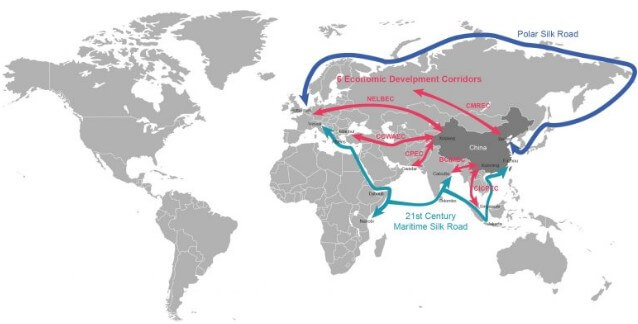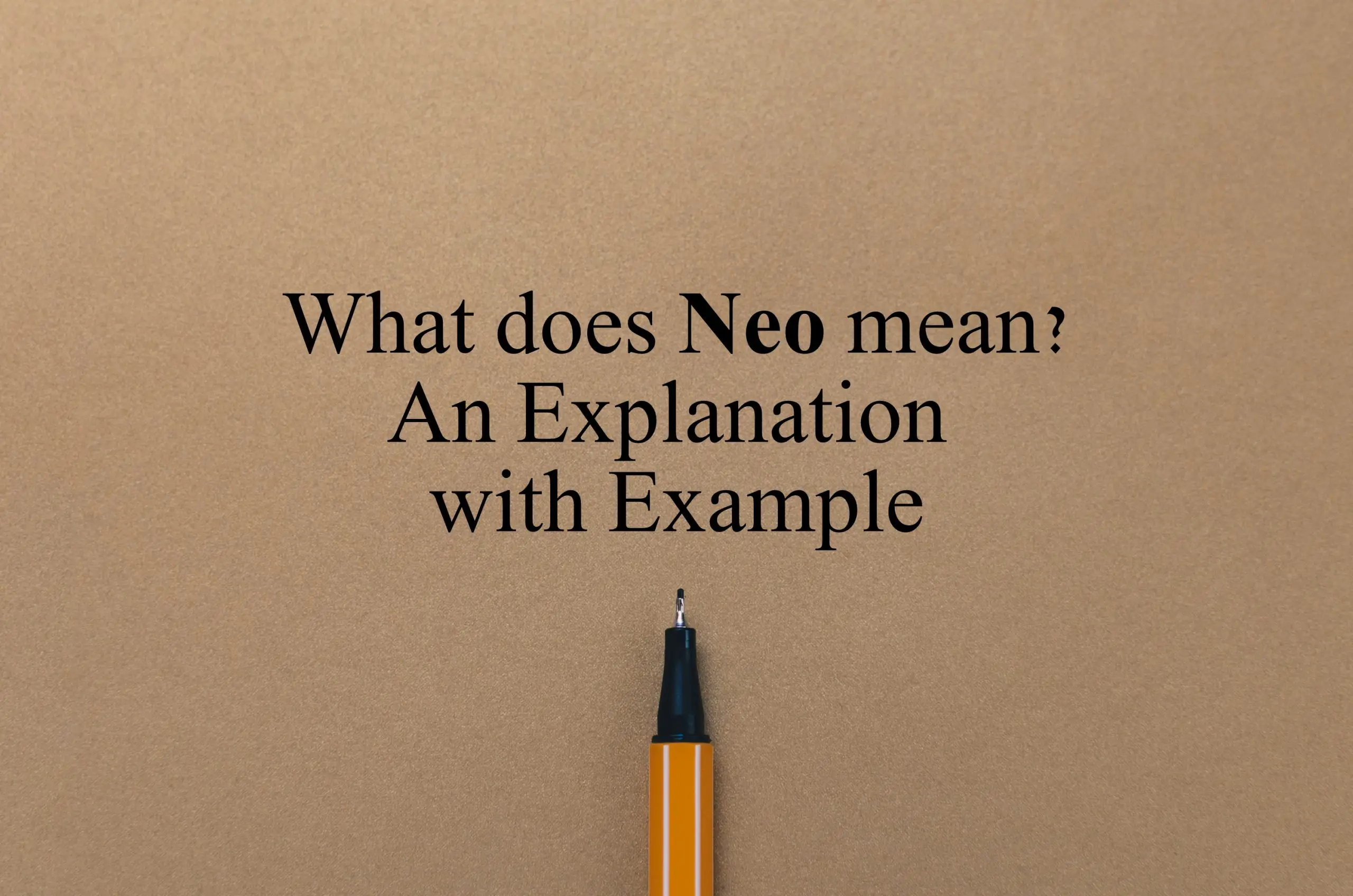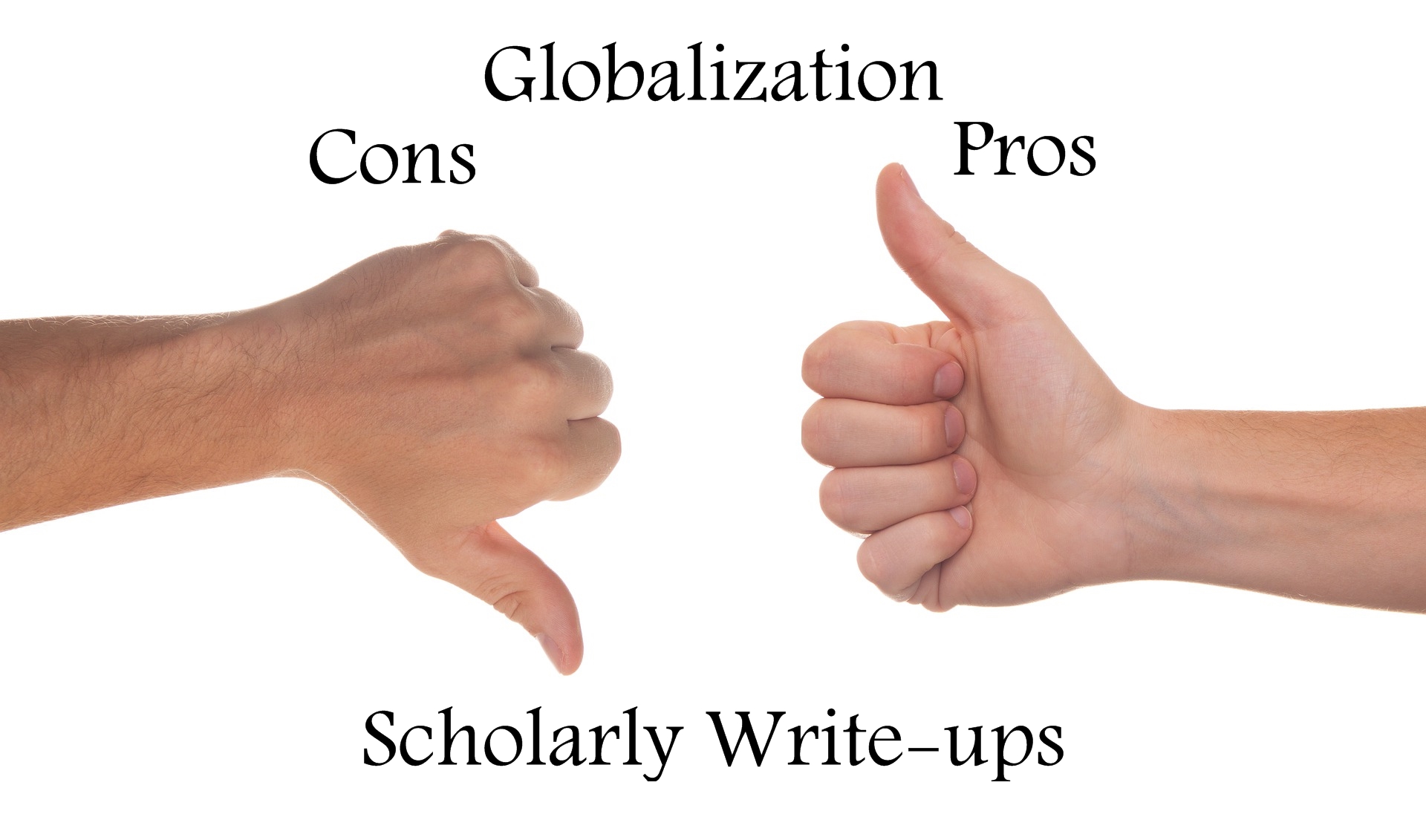In this write-up, we will analyze B3W vs BRI in a comparative context.
B3W stands for Build Back Better World.
BRI stands for Belt & Road Initiative.
Understanding B3W (Build Back Better World)
At the event of the summit of G7 in June 2021, an initiative was announced known as B3W (Build Back Better World).
This was primarily an American idea, but Americans used the G7 forum to announce it through a multilateral forum.
Under B3W, investments worth $40 Trillion are to be made in low and middle-income countries; mostly in Asia, Africa, and Latin America for infrastructure development.
B3W is viewed as a counter to BRI. Let’s analyze how B3W provides an alternative to BRI.
BRI is the ‘Belt and Road Initiative’; which was originally called One Belt One Road; announced by Chinese President Xi Jinping in 2013.
It is also dubbed Xijinping’s vision.
Scholars say that there are multiple objectives that China wants to achieve through the BRI initiative. We will highlight these objectives in the basic features of BRI as discussed below.
By highlighting the features and objectives of both BRI and B3W, we will study the similarities and differences between these two.
Basic Features of BRI
Chinese Belt and Road Initiative is an investment of approx. $1 Trillion. This money will be spent on infrastructure development; particularly strategic infrastructure development like ports, transportation networks like roads and railways, and critical infrastructure like energy pipelines and projects, etc.
BRI consists of six different routes integrating regions; i.e. connecting China with Central Asia, the Middle East, Africa, and in a broader context North and South America.

It is primarily a Chinese State initiative involving Chinese governmental departments and companies, and Chinese banks with the Chinese private sector also being part of it. However, primarily it is the state’s initiative involving the state’s companies and banks.
Another feature of BRI is that it is a mix of reviving the old land routes and building new land routes and the new maritime silk routes. In short, it is a diverse project that involves land and sea routes.
BRI involves almost all the states around the world. More than 100 states are supportive of BRI and around 80 states are officially part of BRI projects involving European, African, and Asian states. Some of the Latin American states have also been added to it.
Another feature of BRI is that it is a mix of loans and investments. Not all BRI projects are investment projects. In some cases, Chinese banks have provided loans to developing countries for infrastructure projects.
BRI is not a static project. The nature and the number of projects under BRI are flexible. Moreover, new states are also encouraged to become a part of BRI.
Why has China initiated BRI?
Scholars hold different views on this. However, the fundamental argument is; that primarily BRI was initiated in response to the US attempts to contain China; particularly President Obama’s Pivot to Asia or Rebalance policy. This policy emphasized developing strategic partnerships with Asia Pacific states; particularly in the South China Sea region.
As a result, the US deployed forces in the Asia Pacific region creating the ‘Malacca Dilemma’.
Malacca Strait is the most important trade route for China to connect it with the Middle East, Africa, and Europe.
With Obama’s Indo-Pacific Policy, the Strait of Malacca has been exploited and has become a choke point for China.
It pushed China towards making alternative trade routes. Thus, one can say that BRI is a Chinese strategic initiative meant to bypass or circumvent the Strait of Malacca rather than just an economic initiative.
So, to protect Chinese trade partnerships with different states, BRI becomes a strategic compulsion for China.
This is the most obvious but not the only reason for BRI.
Another reason why China has initiated BRI is that China is an emerging economy. Through BRI, China wants to establish its footprint as a major global power. In other words, through BRI, China is expanding its soft power capabilities. This will enable China’s rise to the global stage of power politics.
In short, Americans and Western scholars see BRI as the Chinese attempt to create global hegemony.
Another reason behind the initiation of BRI is the expansion of Chinese economic capabilities and strength at home which is absolutely crucial for the national security and socioeconomic needs of the Chinese people.
Another explanation of BRI is that China as a major global economy and player wants to play its due share in the critical development of the Asian, African, and other developing states.
It is believed that BRI will help developing states eradicate poverty and establish basic infrastructure which is the basic engine of growth.
According to another explanation, the BRI initiative is meant for Chinese excessive capital spending across the region. Over the period of time, Chinese companies and governments have accumulated a lot of capital mainly through an export-led economy. Therefore, this excess capital needs to be invested somewhere. For China, BRI is the best possible investment.
Through BRI, China is projecting itself as a state willing to be a partner in progress and development with the neighboring states and beyond. Thus, BRI is projecting a multilateral perspective of Chinese policy that China is willing to take along with every state in socioeconomic developments and in security partnerships.
Lastly, with BRI, China is looking to develop its western and southern region and bring it to par with the North and East of China. Thus, China will be able to overcome its regional disparities by integrating its less developed region with the rest of the world through BRI.
Now coming towards the second topic of discussion; i.e. how B3W relates to or differs from BRI.
B3W vs BRI | B3W vis-à-vis BRI
Basically, two different perspectives exist regarding the objectives and purposes of B3W.
According to the American perspective, the purpose of B3W is to invest in infrastructure in developing low and middle-income countries. The basic idea is to ensure that the gap in infrastructure development is filled.
It is estimated that the world needs around $40 Trillion in infrastructure investments. The Americans along with other G7 states hope to invest this amount in the development of basic infrastructure in developing states.
However, the second perspective or explanation of B3W given by scholars and objective analysts is that the purpose of B3W is to rival China for its BRI. Thus, this perspective posits that B3W vs BRI is the real political game behind this initiative.
According to these analysts, America wants to present an alternative to BRI to the developing low and middle-income states of Asia, Africa, and Latin America. The objective is to incentivize states toward the USA rather than China.
Thus, according to these scholars, B3W is an American initiative to begin a zero-sum game in economic investments. Thus, a state has to make a choice on whether to be a part of BRI or B3W.
Features of B3W
In contrast to BRI, B3W is not a one-state or a one-person vision. Although America is a pioneer state to initiate this idea; it was not announced by America alone. The idea of B3W was announced by a multilateral forum i.e. G-7.
G-7 states include; the United Kingdom, United States, France, Germany, Italy, Canada, and Japan.
Thus, the first basic difference between B3W and BRI is that B3W is a multilateral initiative while BRI is one state’s initiative.
The second feature of B3W is that B3W is a Western initiative and the Western world is a capitalist world. Hence, unlike BRI which is primarily a state-driven project, B3W is likely to be a private sector-led investment initiative.
Another feature of B3W is that it is focused on socioeconomic infrastructure investments like health, climate change, clean energy, etc. while BRI is on critical infrastructure like ports, maritime routes, energy, trade routes, etc.
B3W also involves gender-based investments to promote fundamental rights, protection, empowerment, and participation of vulnerable communities, particularly women. We can say that B3W is an initiative that conforms to Western values.
On the other hand, BRI is a business model meant to uplift the economy, empower people, and bridge the gap in infrastructure development.
Another critical difference between BRI and B3W is that for China, BRI was never meant to be a part of a zero-sum game.
China has welcomed all the states to BRI no matter whether those states are already a part of American-led economic initiatives or not. While making history our guide, it seems that the USA will make B3W a zero-sum game by conditioning states not to be a part of BRI in order to be a part of B3W. However, the details are yet to be out.
Another difference between B3W and BRI is their timing. BRI was initiated when China’s trade routes were threatened and choked by the United State’s policy.
However, the B3W initiative was taken not with the purpose to counter a similar threat; but rather to keep pursuing the policy of containing China.
Through BRI, China didn’t mean to harm US interests. However, B3W is very likely to be an agenda of pushing China back.
Unlike BRI, B3W doesn’t mean creating belts and roads or trade corridors; it simply means creating regional integration in socio-economic developments.
Wrapping Up
To cap it all, the G7-led B3W initiative has multiple uncertainties and challenges.
Can Europeans in particular and the world in general trust the United States’ commitments considering how Trump governed the U.S. policy towards Europe and other states?
It is highly unlikely that the states would have blind trust and faith in the United States. The reason is that Trump might return to power and roll back any such initiatives or his legacy might still prevail in the United States policies.
However, China’s past is transparent and it has so far been a trustworthy state for the world to count on.
As B3W is yet to be announced in detail; therefore, it will be too early to make a judgment on its success and outcomes.
Lastly, some of the G7 states i.e. Italy are already a part of BRI. Will these states maintain neutrality between USA and China? Or shall B3W be able to become a zero-sum game given this reality?
Similarly, will Pakistan abandon CPEC and opt for B3W? How will Pakistan pursue its foreign policy of maintaining neutrality between China and the USA?
If states opt to maintain neutrality between China and USA, will America be successful in achieving its objectives in B3W?
All these questions are yet to be answered and only time will answer them.
⇒ Read More On International Relations







Leave a Comment